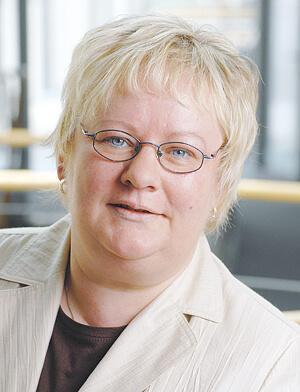Optimise with the best methods
Our aim is to make time management in your company as ideal as possible. For this purpose, REFA consultants draw on a diverse repertoire of time data collection methods which they select according to the field of application: from interviews to self-registration, estimation, activity sampling, business data recording, REFA time study to the predetermined time systems according to methosds-time measurement (MTM). Usually, several methods are combined in order to obtain the best results for time management.
REFA time studies and predetermined time systems according to MTM are often referred to as competing methods in time management. Our consultants prefer the combination of both methods instead of applying only one of them. They always choose exactly the time management method that best meets the tasks and operational requirements in the area of operation.
Process studies according to MTM are, for example, particularly well suited for the assessment and design of manual and assembly workplaces. In the process, even complex actual workflows are broken down into standardised movement elements, which in turn are linked to fixed time values. By adding up all time values, the allowed time for a certain movement sequence is calculated as part of time management. Optimisation potential can be tapped by minimising movement lengths and the number of gripping and joining movements.
Main focus for analyses according to MTM / predetermined time systems
- Preparation of a flow analysis with direct material costs
- Optimisation approaches through the precise analysis of a movement sequence and the representation of all movement elements necessary for it
- Carrying out actual state analyses (also with video sequences) to create allowed times
- Planning and execution analyses of individual workplaces and ergonomic design
- Planning and execution analyses of complete assembly lines and involvement in the design of processes and operating means
- Planning and execution analyses of workflows (e.g. material provision, intralogistics, dispatch processing)
- Visual inspection according to MTM, e.g. in PCB manufacturing
- Waste analyses
- Identification of optimisation potential
The MTM methodology is used to plan manual workflows, primarily in industrial manufacturing. Especially in mass production, it is important to determine during the planning phase how much time a person needs for certain activities.
MTM is particularly useful in planning processes, because all that is needed to create an analysis is knowledge of the structure of the work system and an idea of the planned workflow. In contrast to time studies, where a stopwatch is used, no real existing workflow is required; a planned process is sufficient here.
And this is how MTM works: All movements performed by persons are traced back to certain basic movements for which the time required is known. The smallest movement elements are recorded in MTM-1, which divides the workflow into movement elements such as “reaching”, “gripping”, “bringing”, “joining”, “releasing”, supplemented by movement elements such as “walking”, “bending/ stooping”, “visual control”, etc. The movement elements in MTM-1 can be divided into three parts. According to these basic movement elements, empirically determined times are recorded in tables, usually depending on other parameters, such as the distance covered with the movement.




 Bettina Dirks
Bettina Dirks



